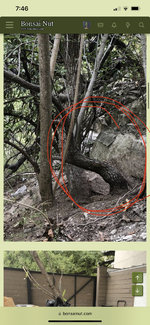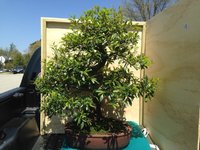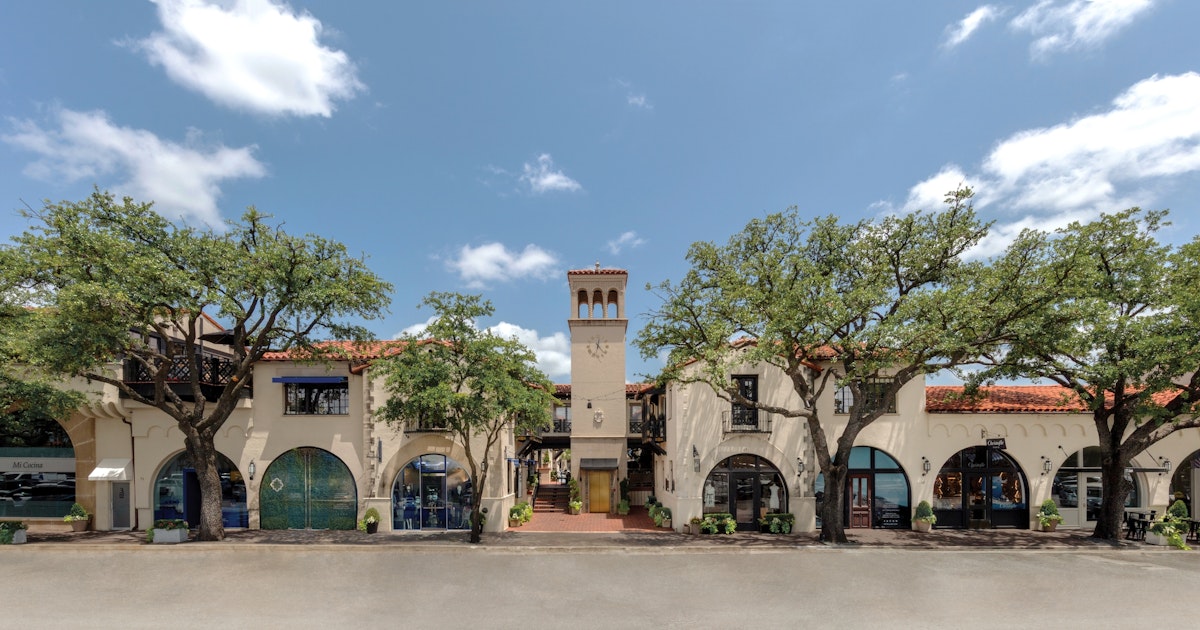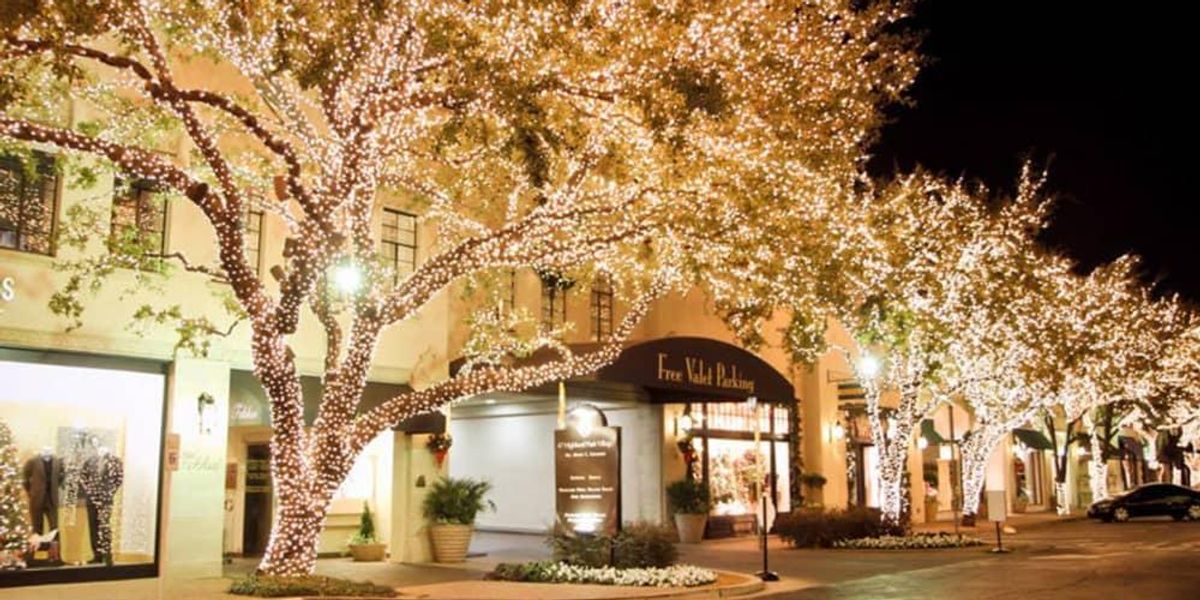SmallTreeGuy
Yamadori
Hey all,
So, a month and a half ago, I was given the opportunity from a friend in the construction business to collect some trees from an area that was being closed off and cleared, next to a neighborhood in South Dallas. He knows I like to collect trees and practice bonsai, so he told me that access to trees in this ravine would be cleared “very soon”, as he put it for a construction project.
Anyways, I drove to the site and saw a large ravine lined with limestone rock with trees everywhere amongst the rock lining a small little creek on both sides. I only had access to one side and that access was limited. He was with me pointing out trees that I might be able to collect (he kept pointing to trees that were straight as a board lol)
After about an 30 minutes of looking, I saw a large oak (what I think to be a water oak) coming out of the ground on a limestone shelf. Beautiful thing, but not the right time of year. I’ll probably get reamed for this here but it’s the only tree that tickled my fancy and it really made me excited. (except for the fact that it’s not the right time of year for the most part to be collecting deciduous). Considering the fact that the area was going to be cleared and walled off, I decided to give it a go at collecting so at least the tree would have “some” chance to make it, (if I perform appropriate aftercare.)
I propped myself up on the ledge and tied myself off to a large tree at the top of the hill and he passed me my tools and Sawzall
Anyways to make a long story short, I was able to get it out of the ground and get the tap root cut. I trimmed most of the 2 trunks that it branched into down about a foot from where I really want the tree to top out at, leaving some leaves that were on lower small branches.
Unfortunately the tree didn’t have many roots other than the taproot and some tiny feeder roots near the top of he soil close to the trunk.
I got it out and tried to preserve as much root ball as I could but a lot of the dirt fell away as I was trying to wrap it in wet spagnum moss and a trash bag until I got home. The roots stayed wet all the way back home. The planter box was wired and pumice was ready for when we pulled up to my house.
I immediately potted it in pure pumice and tied it into the box, watering it thoroughly until the water ran clear and then I soaked some spagnum moss in water and applied it to the top to reduce evaporation. I started building a little cage that would hold the black bag away from the tree so it didn’t touch it. Basically, I’m using Harry Harrington’s or Tony Tickle’s sweating method for out of season collections.
It has been a month and a half and the few leaves that I brought back with the tree are still there, alive, bright green and supple. I know that oaks aren’t flushing right now as summer is winding down but I hope it pulls through. I thought at least if it didn’t pull through, the tree was going to be cut down anyways and it would be a learning opportunity for me.
Here are a couple of pics. (Don’t laugh at my black bag setup with the duct tape ). The tree is large and I couldn’t get just one over it so I had to cut pieces and seal the seams. lol the oak is the bent one in the picture and my cut starts where the branch starts to curve out.
). The tree is large and I couldn’t get just one over it so I had to cut pieces and seal the seams. lol the oak is the bent one in the picture and my cut starts where the branch starts to curve out.
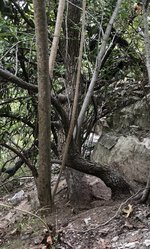
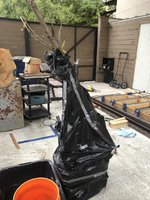
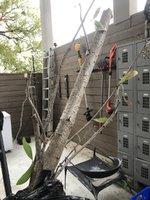
Like I said, I got VERY few leaves but only two have dropped since a month and a half ago. What are the odds that this tree makes it through the winter? We have a long way to go I know. I can overwinter it by putting it in my unheated shop which has a huge skylight making it very bright during the day in there. I have been misting the foliage and the inside of the bag throughout the day and am not letting the pumice go dry but not soaking all the time either.
Are the roots I collected keeping these few leaves alive or are they about to die and I just have my hopes up?
Any thoughts? And, go easy everyone! It was either try and maybe succeed or don’t try and fail for sure cause the tree would be cut down. Lol
Cheers and sorry for the long post!
So, a month and a half ago, I was given the opportunity from a friend in the construction business to collect some trees from an area that was being closed off and cleared, next to a neighborhood in South Dallas. He knows I like to collect trees and practice bonsai, so he told me that access to trees in this ravine would be cleared “very soon”, as he put it for a construction project.
Anyways, I drove to the site and saw a large ravine lined with limestone rock with trees everywhere amongst the rock lining a small little creek on both sides. I only had access to one side and that access was limited. He was with me pointing out trees that I might be able to collect (he kept pointing to trees that were straight as a board lol)
After about an 30 minutes of looking, I saw a large oak (what I think to be a water oak) coming out of the ground on a limestone shelf. Beautiful thing, but not the right time of year. I’ll probably get reamed for this here but it’s the only tree that tickled my fancy and it really made me excited. (except for the fact that it’s not the right time of year for the most part to be collecting deciduous). Considering the fact that the area was going to be cleared and walled off, I decided to give it a go at collecting so at least the tree would have “some” chance to make it, (if I perform appropriate aftercare.)
I propped myself up on the ledge and tied myself off to a large tree at the top of the hill and he passed me my tools and Sawzall
Anyways to make a long story short, I was able to get it out of the ground and get the tap root cut. I trimmed most of the 2 trunks that it branched into down about a foot from where I really want the tree to top out at, leaving some leaves that were on lower small branches.
Unfortunately the tree didn’t have many roots other than the taproot and some tiny feeder roots near the top of he soil close to the trunk.
I got it out and tried to preserve as much root ball as I could but a lot of the dirt fell away as I was trying to wrap it in wet spagnum moss and a trash bag until I got home. The roots stayed wet all the way back home. The planter box was wired and pumice was ready for when we pulled up to my house.
I immediately potted it in pure pumice and tied it into the box, watering it thoroughly until the water ran clear and then I soaked some spagnum moss in water and applied it to the top to reduce evaporation. I started building a little cage that would hold the black bag away from the tree so it didn’t touch it. Basically, I’m using Harry Harrington’s or Tony Tickle’s sweating method for out of season collections.
It has been a month and a half and the few leaves that I brought back with the tree are still there, alive, bright green and supple. I know that oaks aren’t flushing right now as summer is winding down but I hope it pulls through. I thought at least if it didn’t pull through, the tree was going to be cut down anyways and it would be a learning opportunity for me.
Here are a couple of pics. (Don’t laugh at my black bag setup with the duct tape



Like I said, I got VERY few leaves but only two have dropped since a month and a half ago. What are the odds that this tree makes it through the winter? We have a long way to go I know. I can overwinter it by putting it in my unheated shop which has a huge skylight making it very bright during the day in there. I have been misting the foliage and the inside of the bag throughout the day and am not letting the pumice go dry but not soaking all the time either.
Are the roots I collected keeping these few leaves alive or are they about to die and I just have my hopes up?
Any thoughts? And, go easy everyone! It was either try and maybe succeed or don’t try and fail for sure cause the tree would be cut down. Lol
Cheers and sorry for the long post!

